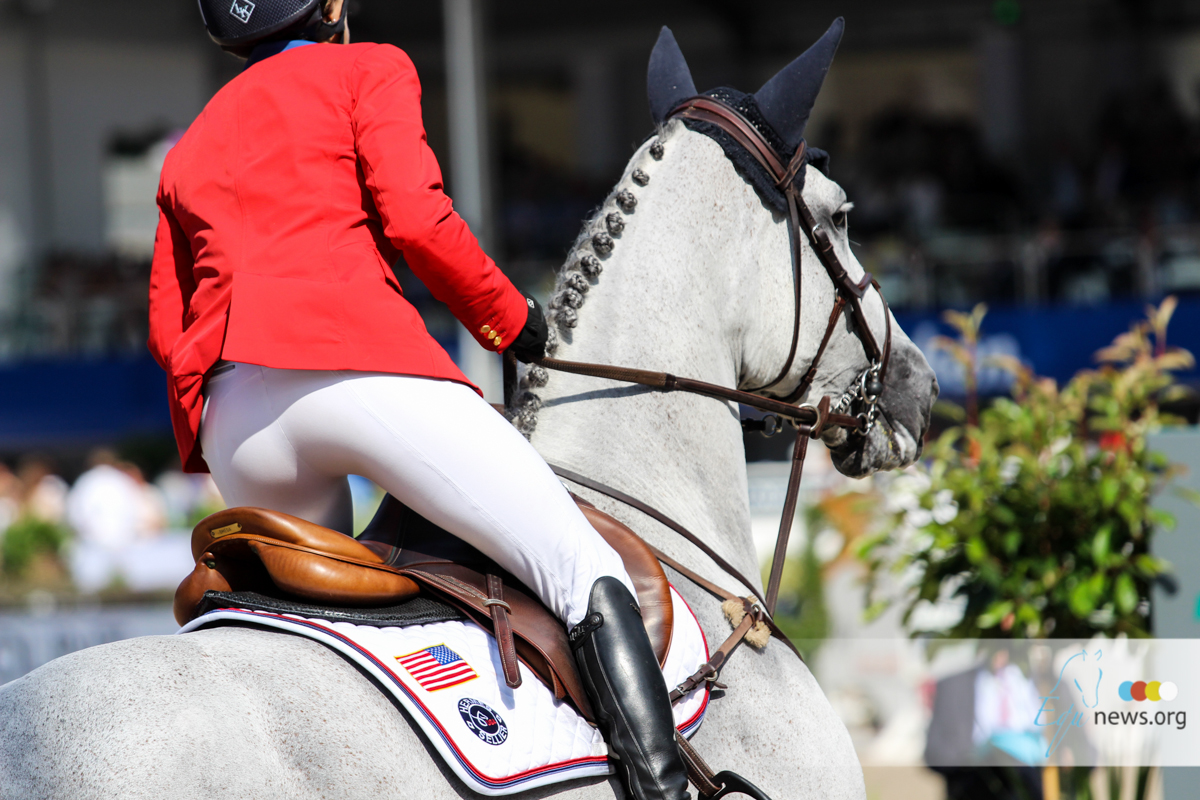The Amateur Rider Association of America (ARAA) hosted a panel to discuss the USEF rule changes to the Amateur-Owner Jumper Division at the Wellington Club on the Winter Equestrian Festival (WEF) show grounds. In attendance for a conversation about rules and the division were representatives from USEF as well as a handful of heavily accomplished riders. The meeting was open to all those interested in attending. Panel speakers from the Show Jumping world include Ariane Stiegler, AARA President, Peter Leone, Anne Kursinski, Anthony D'Ambrosio, Michael Stone, and David Distler. Present from USEF were Lizzy Chesson and Dianne Langer. Rob Jordan from Sidelines TV was also in attendance. Together, the group was able to have a progressive conversation discussing the current Amateur-Owner Jumpers, including taking questions from audience members. Two major topics that arose pertaining to the future for this division were class sizes and the height of fences at horse shows across the country. "We would like to thank WEF and President Michael Stone for allowing us to use the venue to host our panel," said Ariane Stiegler, AARA President. "WEF has also graciously allowed to offer the three height classes for Amateur-Owner riders. We would love to expand this reach and see more shows offering these classes that cater to amateurs." In terms of class size, occasionally at major horse shows there will be over 100 entries in the Amateur-Owner classes, making the divisions lengthy as well as extremely competitive. To ensure a more level playing field and to promote horse welfare, it was proposed that classes whose numbers exceed 50 horses be split into different sections. Strongly speaking in favor of splitting these classes were Jimmy Torano and Peter Leone, and was quickly seconded by Anne Kursinski and ARAA President, Ariane Stiegler. When voicing his thoughts on this proposed rule, Peter Leone noted, "There are two main reasons why these divisions should be split: the first one is safety, the second is fairness." Anne Kursinski added, "This will benefit not only the riders but the trainers and most importantly the horses." The practice of splitting classes is commonly seen in other heavily populated lower level divisions such as the Adult Jumpers & Children's jumpers, so applying it to the Amateur-Owners seems only natural so far. "The amateurs are out sponsors and a lot of attention should be paid to them," said DiAnn Langer. "Taking a class and splitting it makes sense. By age or height, like it's done in the under ring." The second talking point of the panel was the proposed USEF height regulation of fences in each of the three Amateur-Owner jumper divisions- low, medium, and high. With so many competitors traveling across the country actively showing in the Amateur-Owner divisions, it has been brought up that jump height varies from competition to competition. In some cases the heights of the lows might actually be the height of the mediums and the highs might be built to the max height at one show, but the height of the mediums elsewhere. Although going forward, the labels of "Low, Medium and High Amateur-Owner Jumpers" will be eliminated and replaced by heights. Joe Fargis, who was not in attendance, noted, "There needs to be consistency across the board between the specs and the height of the fences in the ring." Regulation and close monitoring of the jump heights would ensure that those in the show ring have the same jump height as their competitors at every show in the nation offering the division. The current proposal for standardized heights of the division across the country includes the Amateur-Owner jumpers at 1.20m with Classics at 1.25m. Amateur-Owner jumpers set at 1.30m, with the Classics set at 1.35m and lastly, Amateur-Owner jumpers set at 1.40m with Classics set at 1.45m. USEF is currently looking into horse shows with height discrepancies. The aim of the ARAA is to make the sport of show jumping better for the amateur rider and ensure the safety of their horses. By improving offered divisions and ensuring there is a level playing field at each horse show, the organization is sticking to its mission. It is expected that USEF and the Winter Equestrian Festival will entertain the proposals in an attempt to pave the way for our sport. To learn more about the Amateur Rider Association of America and its mission visit www.amateur-rider-association-of-america.org.
Amateur Rider Association of America discusses New USEF Rule Pertaining to the Amateur-Owner Jumper Divisions
-
categories:

